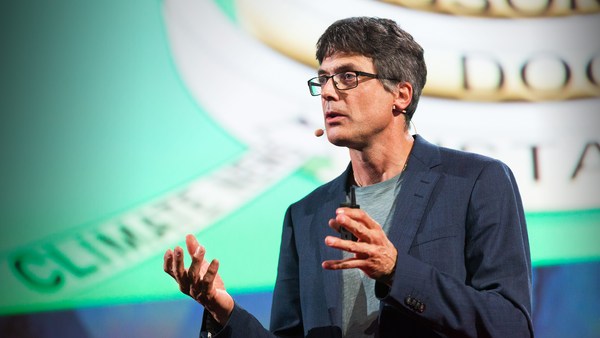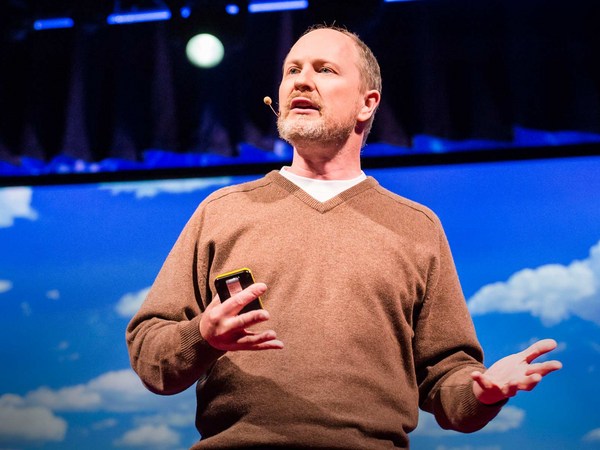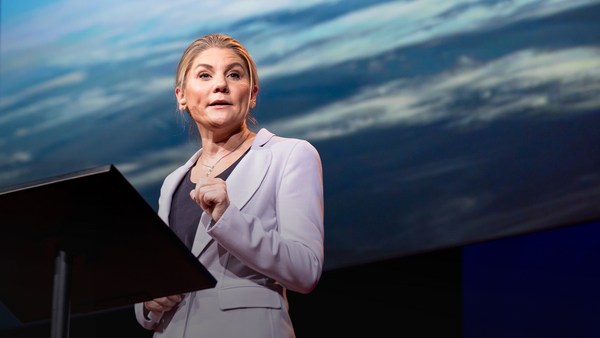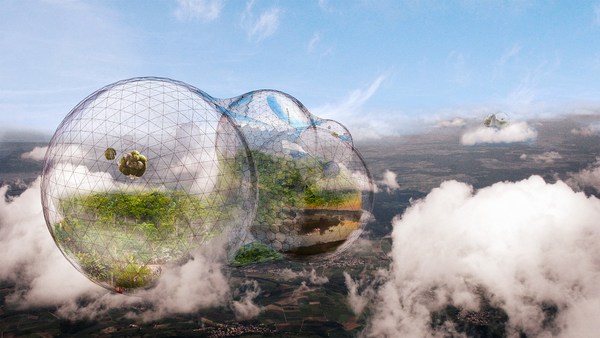[A provocation from Danny Hillis:]
[It's time to start talking about engineering our climate]
What if there was a way to build a thermostat that allowed you to turn down the temperature of the earth anytime you wanted? Now, you would think if somebody had a plausible idea about how to do that, everybody would be very excited about it, and there would be lots of research on how to do it. But in fact, a lot of people do understand how to do that. But there's not much support for research in this area. And I think part of it is because there are some real misunderstandings about it. So I'm not going to try to convince you today that this is a good idea. But I am going to try to get your curiosity going about it and clear up some of the misunderstandings.
So, the basic idea of solar geoengineering is that we can cool things down just by reflecting a little bit more sunlight back into space. And ideas about how to do this have been around literally for decades. Clouds are a great way to do that, these low-lying clouds. Everybody knows it's cooler under a cloud. I like this cloud because it has exactly the same water content as the transparent air around it. And it just shows that even a little bit of a change in the flow of the air can cause a cloud to form. We make artificial clouds all the time. These are contrails, which are artificial water clouds that are made by the passing of a jet engine. And so, we're already changing the clouds on earth. By accident. Or, if you like to believe it, by supersecret government conspiracy.
(Laughter)
But we are already doing this quite a lot. This is a NASA picture of shipping lanes. Passing ships actually cause clouds to form, and this is a big enough effect that it actually helps reduce global warming already by about a degree. So we already are doing solar engineering. There's lots of ideas about how to do this. People have looked at everything, from building giant parasols out into space to fizzing bubble waters in the ocean. And some of these are actually very plausible ideas. One that was published recently by David Keith at Harvard is to take chalk and put dust up into the stratosphere, where it reflects off sunlight. And that's a really neat idea, because chalk is one of the most common minerals on earth, and it's very safe -- it's so safe, we put it into baby food. And basically, if you throw chalk up into the stratosphere, it comes down in a couple of years all by itself, dissolved in rainwater. Now, before you start worrying about all this chalk in your rainwater, let me explain to you how little of it it actually takes. And that turns out to be very easy to calculate. This is a back-of-the-envelope calculation I made.
(Laughter)
(Applause)
I assure you, people have done much more careful calculations, and it comes out with the same answer, which is that you have to put chalk up at the rate of about 10 teragrams a year to undo the effects of the CO2 that we've already done -- just in terms of temperature, not all the effects, but the temperature. So what does that look like? I can't visualize 10 teragrams per year. So I asked the Cambridge Fire Department and Taylor Milsal to lend me a hand. This is a hose pumping water at 10 teragrams a year. And that is how much you would have to pump into the stratosphere to cool the earth back down to pre-industrial levels. And it's amazingly little; it's like one hose for the entire earth. Now of course, you wouldn't really use a hose, you'd fly it up in airplanes or something like that. But it's so little, it would be like putting a handful of chalk into every Olympic swimming pool full of rain. It's almost nothing.
So why don't people like this idea? Why isn't it taken more seriously? And there are some very good reasons for that. A lot of people really don't think we should be talking about this at all. And, in fact, I have some very good friends in the audience who I respect a lot, who really don't think I should be talking about this. And the reason is that they're concerned that if people imagine there's some easy way out, that we won't give up our addiction to fossil fuels. And I do worry about that. I think it's actually a serious problem. But there's also, I think, a deeper problem, which is: nobody likes the idea of messing with the entire earth -- I certainly don't. I love this planet, I really do. And I don't want to mess with it. But we're already changing our atmosphere, we're already messing with it. And so I think it makes sense for us to look for ways to mitigate that impact. And we need to do research to do that. We need to understand the science behind that.
I've noticed that there's a theme that's kind of developed at TED, which is kind of, "fear versus hope," or "creativity versus caution." And of course, we need both of those. So there aren't any silver bullets. This is certainly not a silver bullet. But we need science to tell us what our options are; that informs both our creativity and our caution. So I am an optimist about our future selves, but I'm not an optimist because I think our problems are small. I'm an optimist because I think our capacity to deal with our problems is much greater than we imagine.
Thank you very much.
(Applause)
This talk sparked a lot of controversy at TED2017, and we encourage you to look at discussions online to see other points of view.





